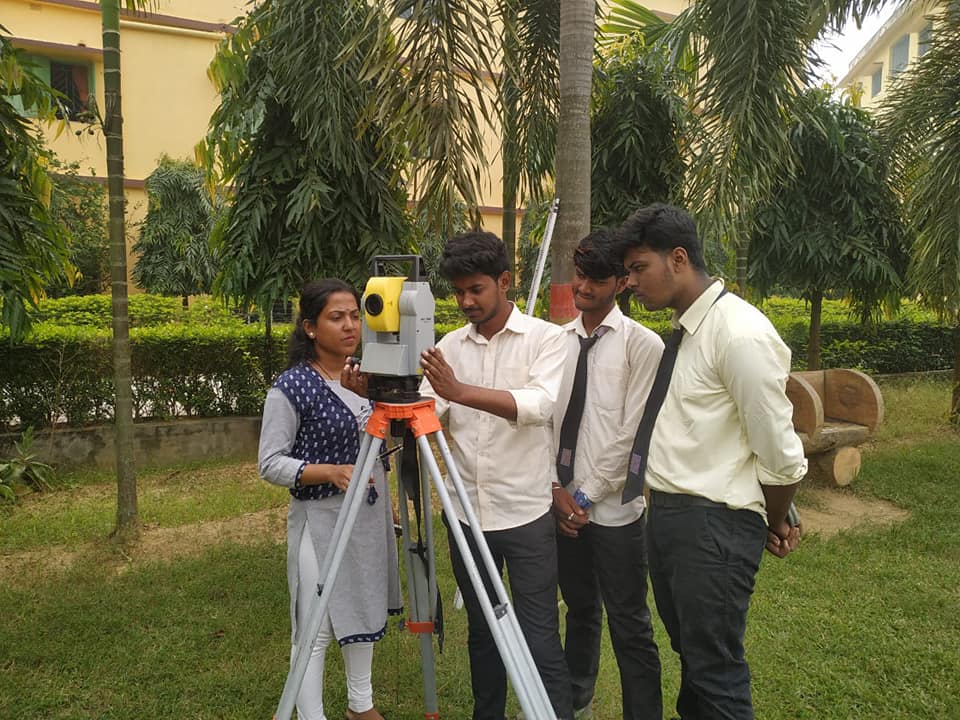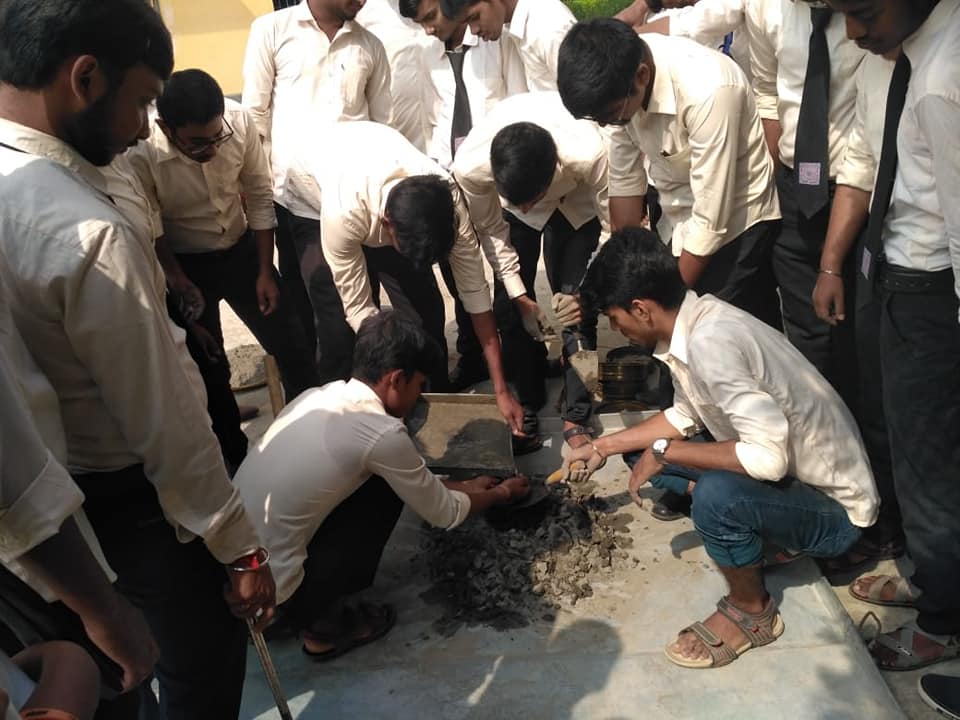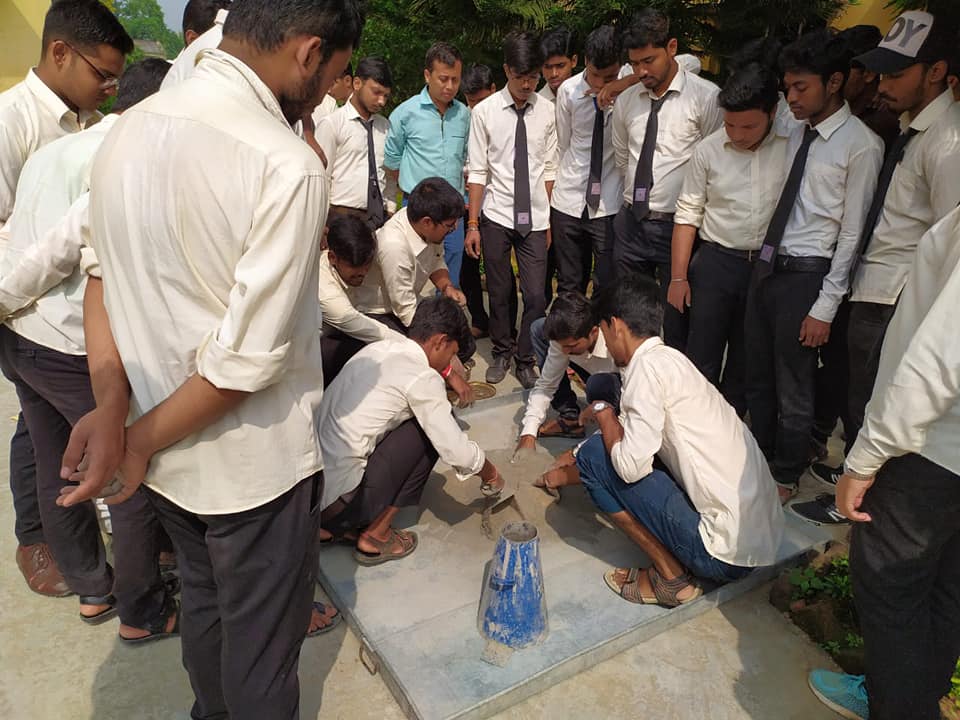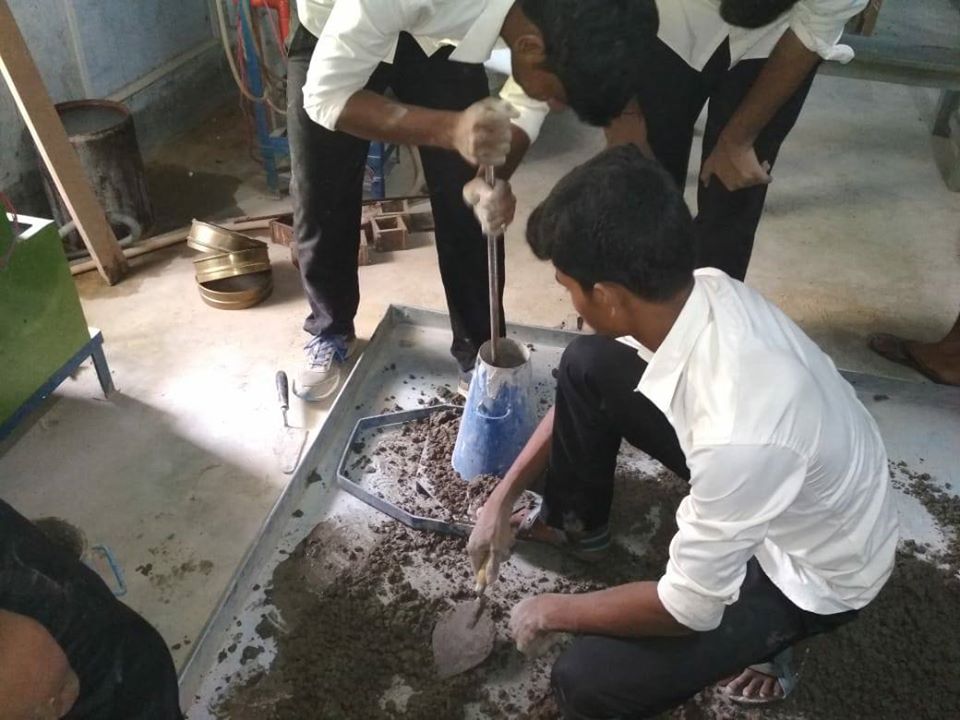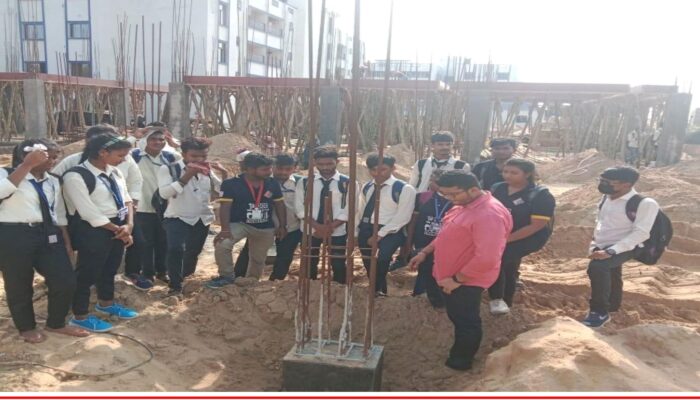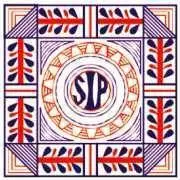Santiniketan Institute of Polytechnic
Menu








Slide Background
Build & Design
Build & Design
Build & Design
DEPARTMENT OF CIVIL ENGINEERING
Write us at: civildepsip@gmail.com Call us at: +91-9593148666
Vision:
To develop top-tier civil engineers with a global outlook, instilling in them professionalism and strong work ethics to contribute to the construction of a more robust society. The aim is to foster civil engineers equipped with proficient technical skills, along with a commitment to professional and ethical values, dedicated to serving the nation.
Mission of the Department:
Our mission is to nurture Civil Engineers equipped with technical prowess, unwavering integrity, and ethical values, dedicated to advancing our nation. We strive to establish our department as a renowned center of excellence in civil engineering and related research. Committed to knowledge dissemination, we offer top-tier consultancy services, impacting the broader community. Going beyond conventional approaches, we foster innovation and eco-sustainable practices, preparing emerging civil engineers for evolving challenges.
Objectives of Programme Education:
Civil Engineering stands as the most expansive discipline within the engineering domain, focusing on the creation of essential infrastructure. This includes the development of National Highways, Railroads, Power Plants, Industrial Facilities, Transmission Towers, Bridges, Tunnels, Irrigation Systems, Airport Runways, Terminals, Skyscrapers, Mass Transit, and more. The Civil Engineering department at Santiniketan Institute of Polytechnic College boasts a team of dedicated and qualified full-time faculty members committed to enhancing students’ knowledge. The department is well-equipped with the latest instruments and machines, providing students with hands-on experience.
Diploma holders in Civil Engineering have excellent placement prospects in both government and private sectors. Opportunities include roles as site engineers overseeing projects, computer-savvy draftsmen, surveyors, quality control personnel, estimators, and individuals managing office procedures. Graduates can even establish their own consultancy firms in the civil engineering and construction domains. With a burgeoning Indian economy driving infrastructure upgrades, the demand for civil engineers in India is substantial and expected to grow further. Upon completing the diploma course, students can explore employment avenues in consultancy firms, quality testing labs, road projects, building construction, planning engineering, and more. The career path also offers numerous opportunities within various government departments, where civil engineers play integral roles in major construction projects initiated by central and state government agencies.
Courses Outcomes:
Engineering students, equipped with a deep understanding of mathematics, science, and engineering fundamentals, adeptly tackle complex challenges. They engage in thorough research, analyzing data and designing system components to draw valid conclusions, always mindful of the welfare of society and considerations for public health and safety.
Proficient in modern tools and IT techniques, these students are prepared to become professional engineers, contributing significantly to sustainable development. Adhering to ethical principles, they willingly shoulder responsibilities and dedicate themselves to work that benefits society, whether as individuals, team members, or leaders in diverse and multidisciplinary settings.
Engineers in this field excel in communication, interacting effectively with clients, writing reports, presenting findings, and managing projects. Their commitment to lifelong learning empowers them to innovate continuously, contributing to the evolution of technology by inventing new solutions or upgrading existing ones. In summary, these engineering students, armed with a diverse skill set, are poised to make impactful contributions to society and advancements in their field.
Future Scope
The career path after obtaining a Diploma in Civil Engineering is known for its diversity and flexibility, providing graduates with various avenues for professional growth. Upon entering the workforce, diploma holders in civil engineering often begin their careers in roles such as Assistant Manager, Assistant Field Inspector, Assistant Supervisor, Executive Engineer, and Project Engineer. These roles allow them to gain practical experience and contribute to different facets of civil engineering projects. As the construction and infrastructure sectors continue to grow in India, the demand for skilled and qualified civil engineers is expected to persist, providing a stable and rewarding career path for those entering the field.
GOVERNMENT JOBS
In India, diploma holders are more driven towards government jobs due to job security, good salary, etc. There are multiple government departments, where civil engineering job seekers can find jobs. Mostly, diploma holders can get jobs like clerks, technicians, lab assistants, supervisors, and even higher positions like Officer.
- Municipal corporations
- National Highway Authority of India (NHAI)
- Indian Railways
- Electricity boards
- Steel Authority of India
- Central Public Work Departments (CPWD)
- Irrigation and PWD Department
- Government Mega Construction Projects
- Government Housing Schemes
PRIVATE SECTOR
In the private sector, Civil Engineers can choose between field jobs as well as back-office jobs. They could effectively handle client and also efficient in design-related job. Besides, they can contribute construction site.
- Tata Realty and Infrastructure
- Reliance Infrastructure
- L&T- ECC
- SPCL
- Hindustan Construction Company
- DLF
CERTIFICATIONS AND COURSES
Upgrade skills set through courses and certifications.
- SAP
- On-site Safety
- FEM
- Auto-CAD
- SCADA
- Design of Lightweight structures
- 3D Home Architect
- Linear Modelling
- Fatigue of structures
- Water & Waste management
Practical Area
Lab & their Descriptions
Concrete Technology Lab
- Compaction factor test
- Tensile strength test
- Slump test
- Compressive strength test or Cube test
- Fineness of cement
- Standard consistency test of cement
- Initial setting time of cement
- Final setting time of cement
- Soundness of cement
- Specific gravity test of cement
- Compressive strength test
- Demonstration of NDT equipment
- Mix design of concrete
Transportation Engineering Lab
- Flakiness and Elongation Index of aggregates.
- Aggregate impact value test
- Los Angeles Abrasion test
- Aggregate crushing value test
- Softening point test of bitumen.
- Penetration test of bitumen.
- Flash and Fire Point test of bitumen.
- Ductility test of Bitumen.
Geotechnical Engineering Laboratory Experiments
- Different types of shear tests and drainage conditions
- California bearing ratio test
- Specific gravity of solids by pycnometer method
- Specific gravity of solids by density bottle method
- Determination of water content of soil
- Dry density of soil by water displacement method
- In-situ dry density by sand replacement method
- Dry density of soil by core cutter method
- Particle size distribution of soil by sieving
- Particle size distribution by hydrometer method
- The liquid limit of soil test
- Determination of shrinkage limit of remolded soil
- Permeability of soil by constant head permeameter
- Variable head permeability test of soil
- Consolidation test of soil
- Shear strength of soil by direct shear test
- Unconfined compressive strength of cohesive soil
- Compaction of soil proctor’s test
- Tri-axial shear strength test
- Vane shear test on soil
Hydraulics Laboratory Experiments
- Use of Piezometer to measure pressure at given point.
- Use of Bourdon’s Gauge to measure pressure at a given point.
- Use of U Tube differential manometer to measure pressure difference between two given points.
- Use Bernoulli’s apparatus to apply Bernoulli’s theorem to get total energy line for a flow in a closed conduit of varying cross sections.
- Use friction Factor Apparatus to determine friction factor for a given pipe.
- Calibrate Venturimeter to find out the discharge in a pipe.
- Calibrate the Orifice to find out the discharge through a tank.
- Use Pitot Tube to measure the velocity of flow of water in open channel.
- Use triangular notch to measure the discharge through open channel.
- Use Rectangular notch to measure the discharge through open channel.
Public Health Engineering laboratory Experiments:
- Draw sketches of various valves used in water supply pipe line.
- Draw a sketch of one pipe and two pipe system of plumbing.
- Determine pH value of given sample of water/sewage.
- Determine the turbidity of the given sample of water/sewage.
- Determine residual chlorine in a given sample of water.
- Determine suspended, dissolved solids and total solids of given sample of water / sewage.
- Determine the dissolved oxygen in a sample water / sewage.
- Determine Fluoride concentration in given water sample.
- Determine Arsenic concentration (semi-quantative) in given water sample.
- Determine the optimum dose of coagulant in a given raw water sample by jar test.
- Determine B.O.D & C.O.D of given sample of sewage.
Survey Engineering Lab/Field Practices:
1) Measurement of distance by Ranging and Chaining.
2) Locating various objects by Chain & Cross Staff Surveying.
3) Determination of area of polygon by chain and Cross Staff Survey.
4) Measurement of Bearings of sides of Traverse with Prismatic Compass and Computation of correct included angle.
5) Locating given building by Chain and Compass Traversing, (One full size drawing sheet)
6) Determination of Elevation of various points with Dumpy Level by Collimation Plane Method and Rise & Fall method.
7) Fixing Bench Mark with respect to temporary bench mark with Dumpy Level by Fly leveling and Check Levelling.
8) L-Section and cross section of road.
(One full size drawing sheet for L-Section and Cross Section)
9) Measurement of horizontal angles Theodolite by method of Repetition.
10) Measurement of vertical angles with Theodolite.
(One full size drawing sheet)
11) Determination of horizontal distance between two inaccessible points with Thedolite.
12) Locating given building by Thedolite Traversing.
(One full size drawing sheet)
13) Locating given building by Plain Table Traversing.
(One full size drawing sheet)
14) Three Point Problem in Plane Table Traversing.
15) Determination of elevation of point by Trigonometric Levelling.
16) Contour plan of given area. (One full size drawing sheet)
17) Study of Planimeter.
18) Determination of area of irregular figure by using planimeter
19) Study of Box Sextant, Abney Level, Optical Theodolite.
20) To give layout of given plan of building.
CAD-CAM LAB
- Introduction to CAD
- ACAD – BASICS
2.1 Starting with ACAD
2.2 Layout and sketching
2.3 Drawing environment
2.4 Elements of drawing
2.4.1 Draw commands
2.5 3D functions
2.6 Starting the drawing
2.6.1 Drawing sheet layout -1
2.6.2 Drawing sheet layout – 2
- 2D – FIGURES USING ACAD
- ISOMETRIC DRAWINGS USING ACAD
- Computer Aided Manufacturing
